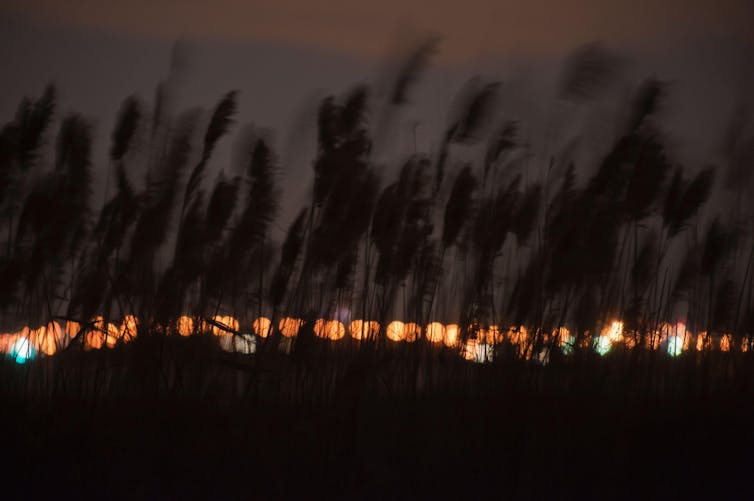Valencia, a city and province in south-east Spain, became synonymous with disaster in October 2024 when floods killed at least 231 people. Extreme rainfall will happen more often as the climate warms and the cost to coastal cities like Valencia is expected to reach up to US$63 billion (£50 billion) annually by 2050.
We are an urban planner and environmental scientist who analysed what made these floods so destructive. We drew from our experience of studying urban flooding in India – Chennai in 2015 and Kochi in 2018 – and found something common in all cases: all three cities had lost substantial tracts of neighbouring wetlands.
Lakes, reservoirs, lagoons, marshlands and mangroves would have once formed a barrier between these cities and the sea. Saucer-shaped coastal wetlands that remain on their fringes still provide drinking water, fishing and farming. But they could also be invaluable in mitigating future floods.
How wetland loss invites flooding
Soil absorbs rainwater, it runs off concreted urban areas in torrents. This storm water could drain into wetlands that slowly channel it to the sea instead. Sluice gates could regulate this outflow, storing more water during drought and allowing excess water to leave when flooding is imminent.
La Albufera is a lagoon rich in wildlife on the outskirts of the city of Valencia, known for its vast paddy fields where rice is grown. Ravines that pass through the city gather water and drain it into this lake, the excess eventually finding its way to the Mediterranean through three human-made channels and dams.
Julian Bohorquez/Shutterstock
The rapid growth of urban centres, particularly over the last century, has eaten into the wetlands that once hugged coastal cities. Farms around La Albufera dumped a lot of sediment as they expanded too, which has reduced how much water the lake can store. Urban development elsewhere has interrupted the free flow of rainwater through natural ravines to the lake.
The surrounding areas of La Albufera were transformed by paddy cultivation, especially during the last 20 years, which meant more residents and workers in the sectors most exposed to flooding in Spain. All of these things primed the city for deadly floods on the eve of the October 29 downpour.
Coastal wetland conservation
The risk of flooding in cities will rise with climate change, unplanned urbanisation and the poor management of wetlands and their drainage capacity.

Johann Schumacher/Alamy Stock Photo
After a study commissioned by the government of India blamed the Chennai and Kochi floods on the loss of wetlands and drainage networks to urban encroachment, authorities in both cities got to work restoring them.
The restoration of Pallikaranai wetland and Buckingham canal in Chennai by removing aquatic weeds and silt helped funnel flood water from the city into the Bay of Bengal. Similarly, the restoration of Mullassery canal in Kochi took flood waters safely into the Vembanad Lake, which drains into the Arabian sea. The local fishing and farming community pitched in to conserve Vembanad from urban encroachment and the build up of silt and pollution. The state government of Kerala set up door-to-door garbage collection that reduced refuse clogging storm water drains.
These are examples that are worth other coastal cities emulating, including Valencia. Kerala’s initiative to involve local communities in restoring Mullassery canal and Vembanad lake is a hopeful example of what devastated people might be able to do to make their homes safer in a warming world.

Don’t have time to read about climate change as much as you’d like?
Get our award-winning weekly roundup in your inbox instead. Every Wednesday, The Conversation’s environment editor writes Imagine, a short email that goes a little deeper into just one climate issue. Join the 40,000+ readers who’ve subscribed so far.



